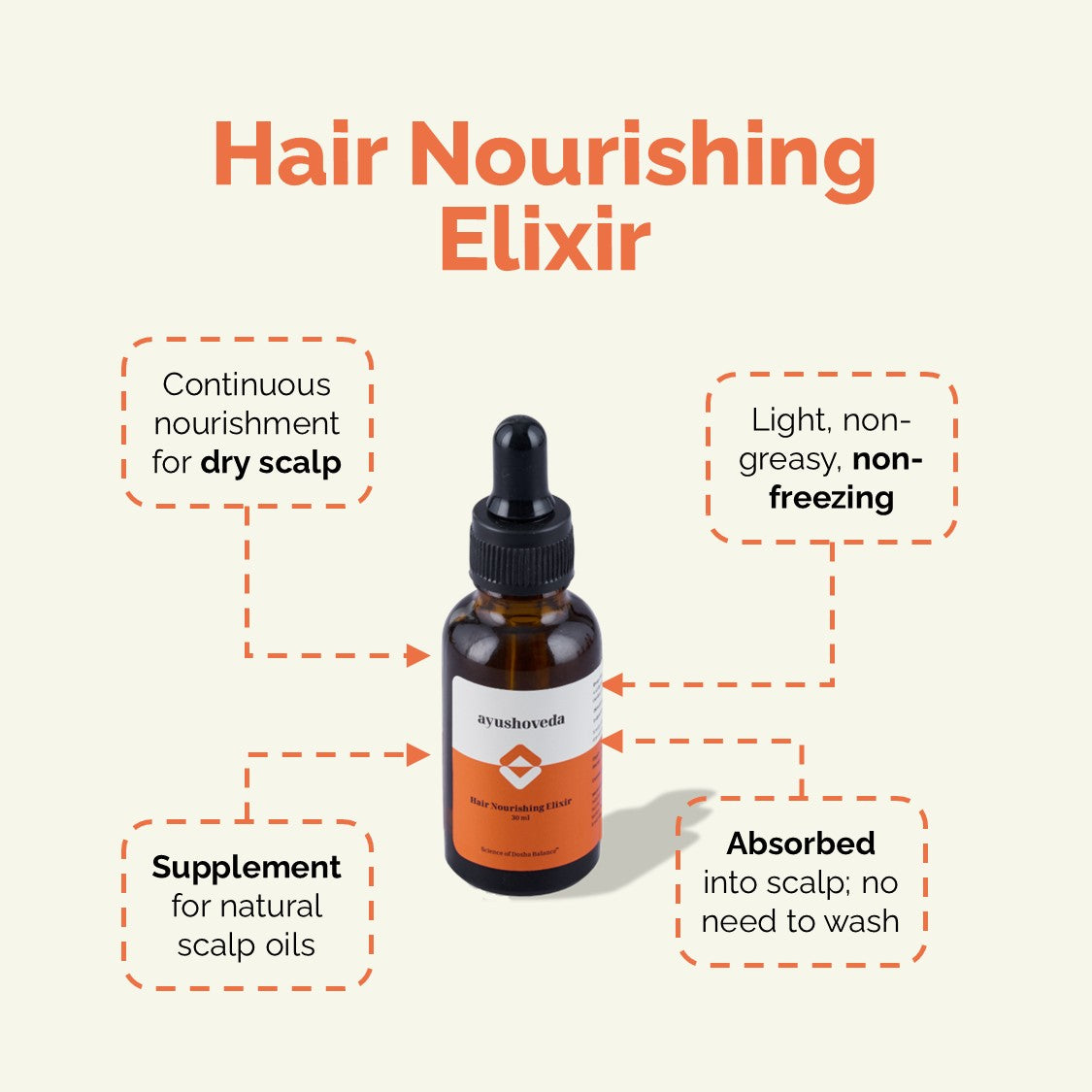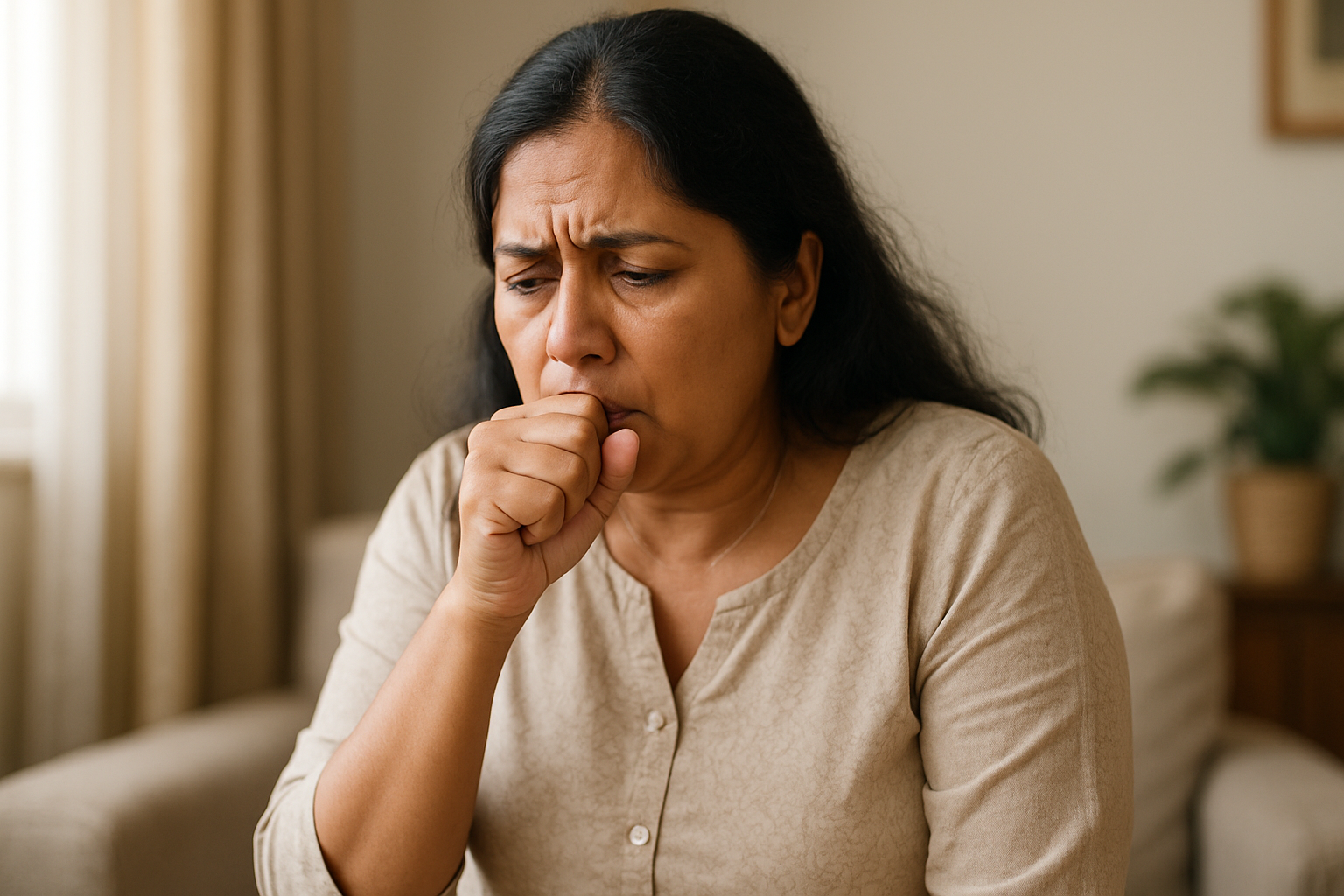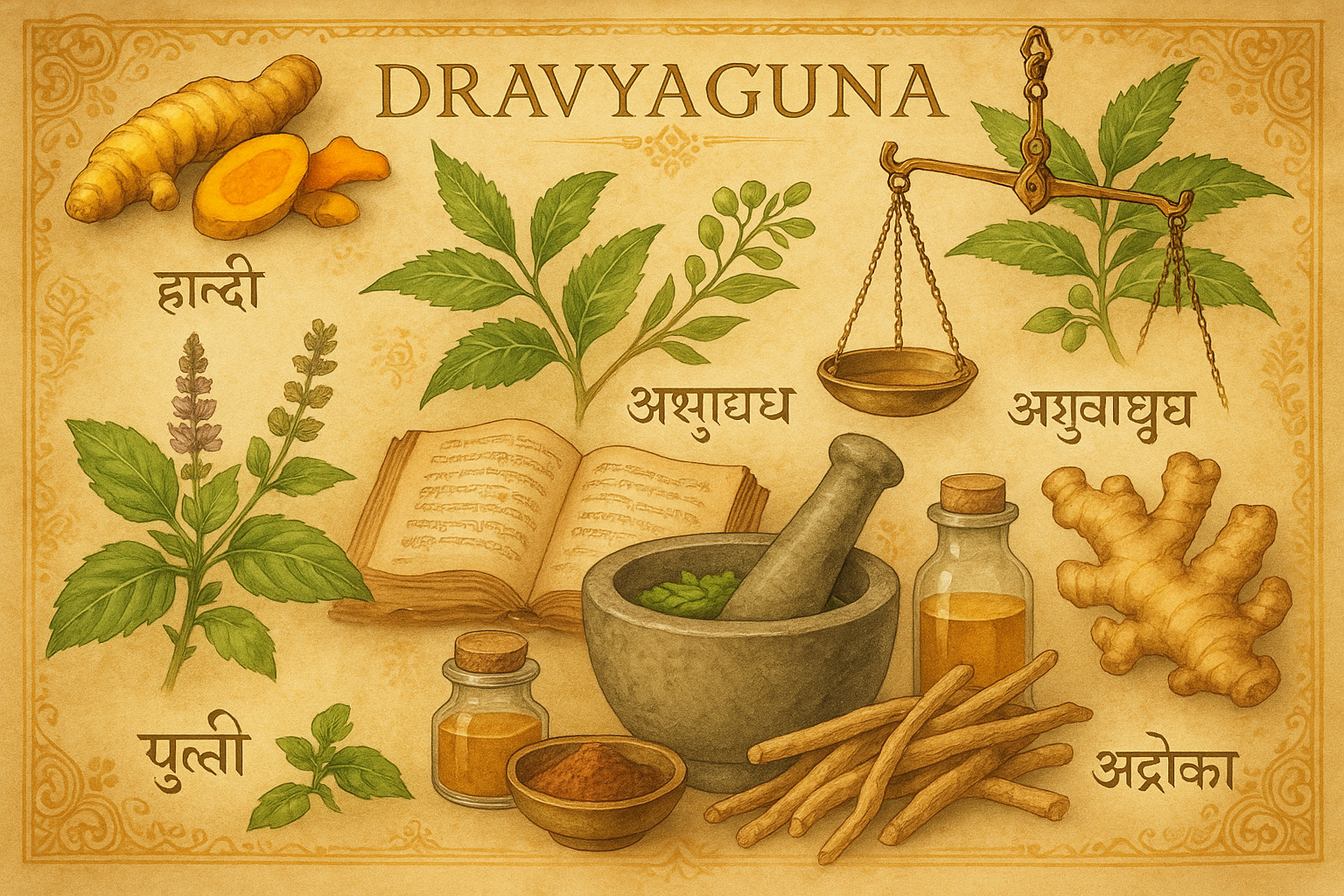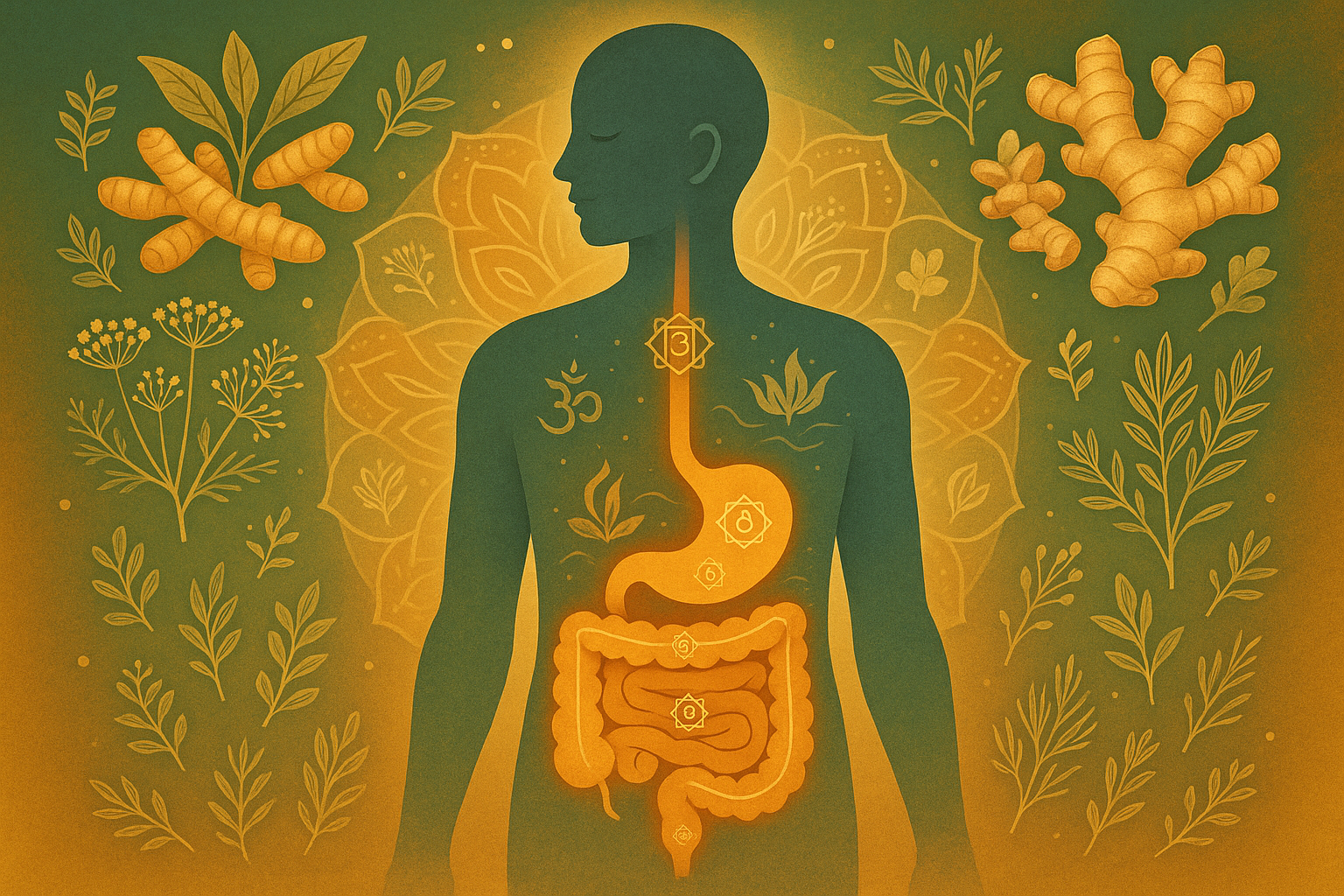In his first Ask Me Anything live session, Dr. Nambi shared valuable insights into joint health from an Ayurvedic perspective. This informative talk was part of a new weekly series where Dr. Nambi addresses common health concerns through the lens of Ayurveda, engaging with audience questions in real time.
The focus of this session was on joint disorders—a concern that affects many, especially with advancing age, sedentary lifestyles, and nutritional deficiencies. Dr. Nambi unpacked the Ayurvedic understanding of joint function, causes of degeneration, types of disorders, and approaches to sustainable treatment and prevention.
The Ayurvedic View of Joints: A Balance of Doshas
In Ayurveda, all bodily functions are governed by the three doshas—Vata, Pitta, and Kapha. Dr. Nambi emphasized that joints, primarily responsible for movement, are naturally Vata-dominant. However, imbalances involving Pitta and Kapha can also contribute to joint disorders.
-
Vata governs movement. Its imbalance causes pain, dryness, and restricted motion.
-
Pitta controls heat and metabolism. Its disturbance leads to inflammation, burning sensations, or redness in joints.
-
Kapha is associated with structure and lubrication. Excess Kapha results in swelling, stiffness, and heaviness.
Classifying Joint Disorders in Ayurveda
Joint disorders are broadly classified into two major categories:
-
Degenerative Disorders:
-
Occur due to aging, overuse, or poor muscle tone.
-
Common in athletes, gym-goers, or those with physically demanding lifestyles.
-
This wear-and-tear results in Sandhigata Vata (osteoarthritis-like conditions).
-
Infective or Inflammatory Disorders:
-
Triggered by infections, autoimmune conditions, or injury.
-
Includes conditions like rheumatoid arthritis or gout, termed as Vata Rakta or Ama Vata in Ayurveda.
Managing Joint Disorders: A Stepwise Ayurvedic Approach
Dr. Nambi laid out a clear, three-step Ayurvedic strategy to manage joint disorders:
1. Identify the Dominant Dosha
Understanding whether the disorder is due to Vata alone or is accompanied by Pitta or Kapha is key:
-
Vata + Pitta (Vata Rakta): Inflammation, redness, heat.
-
Vata + Kapha (Ama Vata): Swelling, stiffness, sluggishness.
2. Remove the Associated Dosha
Before treating the Vata imbalance, the associated dosha must be addressed:
-
For Pitta dominance: Cooling herbs, anti-inflammatory treatments, and dietary changes are prescribed.
-
For Kapha dominance: Light, drying therapies, detoxification, and reducing kapha-heavy foods.
3. Treat the Underlying Vata
Once the joint is brought back to a predominantly Vata state, therapies like Abhyanga (oil massage), Basti (medicated enemas), and herbal supplements are introduced to restore movement and alleviate pain.
Lifestyle, Diet, and Practical Advice
Weight and Joint Health
Dr. Nambi emphasized the critical role of weight management, particularly in knee and ankle issues. These joints bear the body’s weight, and excess weight accelerates degeneration. Sustainable weight loss—about 1–1.5 kg per month—is ideal.
Exercise and Muscle Strength
Muscle loss (Mamsa Kshaya) around joints can lead to instability and pain. Regular strength training and mild to moderate exercise help reinforce the soft tissues, protecting joint integrity.
Dietary Guidelines for Joint Disorders
-
Avoid heavy, cold, and greasy foods like curd, paneer, idli, and dosa in Kapha-related conditions.
-
Limit spicy, salty, and sour foods in Pitta-related issues.
-
Include seasonal, digestible foods—especially leafy greens and vegetables grown on creepers.
-
Buttermilk is preferred over curd due to its lighter nature and digestive benefits.
Hair Fall and Joint Pain – Are They Connected?
Hair fall, though classified under minor disorders (Kshudra Rogas), also reflects doshic imbalance. According to Dr. Nambi:
-
Pitta accelerates hair follicle damage.
-
Vata contributes to premature aging of follicles.
-
Kapha, if excessive, clogs hair roots and blocks nutrient flow.
He stressed scalp hygiene, external oils, and balancing all three doshas through diet and lifestyle for optimal hair health.
Q&A Highlights: Common Concerns Addressed
1. Why does joint pain increase when I use the joint?
-
Indicates muscle weakness around the joint.
-
Strengthening soft tissues through specific exercises is essential.
2. What if I’m overweight and can’t exercise vigorously?
-
Start with mild, sustainable activity.
-
Focus on reducing calorie intake without adopting extreme diets.
3. Should I stop exercising in summer?
-
Ayurveda doesn’t recommend exercise during summer. But that depends if you are otherwise physically active.
-
If no, Ayurveda advises light activity in hot months.
-
Avoid overexertion, but daily movement is essential in the modern sedentary lifestyle.
4. How important are calf muscles?
-
Crucial for circulatory health—they act as a secondary "heart" by pumping blood upward.
-
Include calf-raises or walking in your routine.
5. Are Ayurvedic treatments enough, or is surgery necessary?
-
Surgery should be a last resort.
-
If degeneration is extreme or due to injury, and conservative treatments fail, surgery may be necessary.
-
Ayurvedic therapies can delay the rate of degeneration or support post-surgical recovery.
6. What are the dietary dos and don’ts for joint issues?
-
For Kapha-dominant issues: Avoid curd, cold foods, and day sleep.
-
For Pitta: Avoid spicy, salty, and fermented foods.
-
General advice: Eat light, seasonal, and freshly prepared food.
Join Dr. Nambi live every Tuesday at 9 PM IST for more expert insights on health and Ayurveda. You can also submit your questions in advance via Ayushoveda.com/AMA.

















